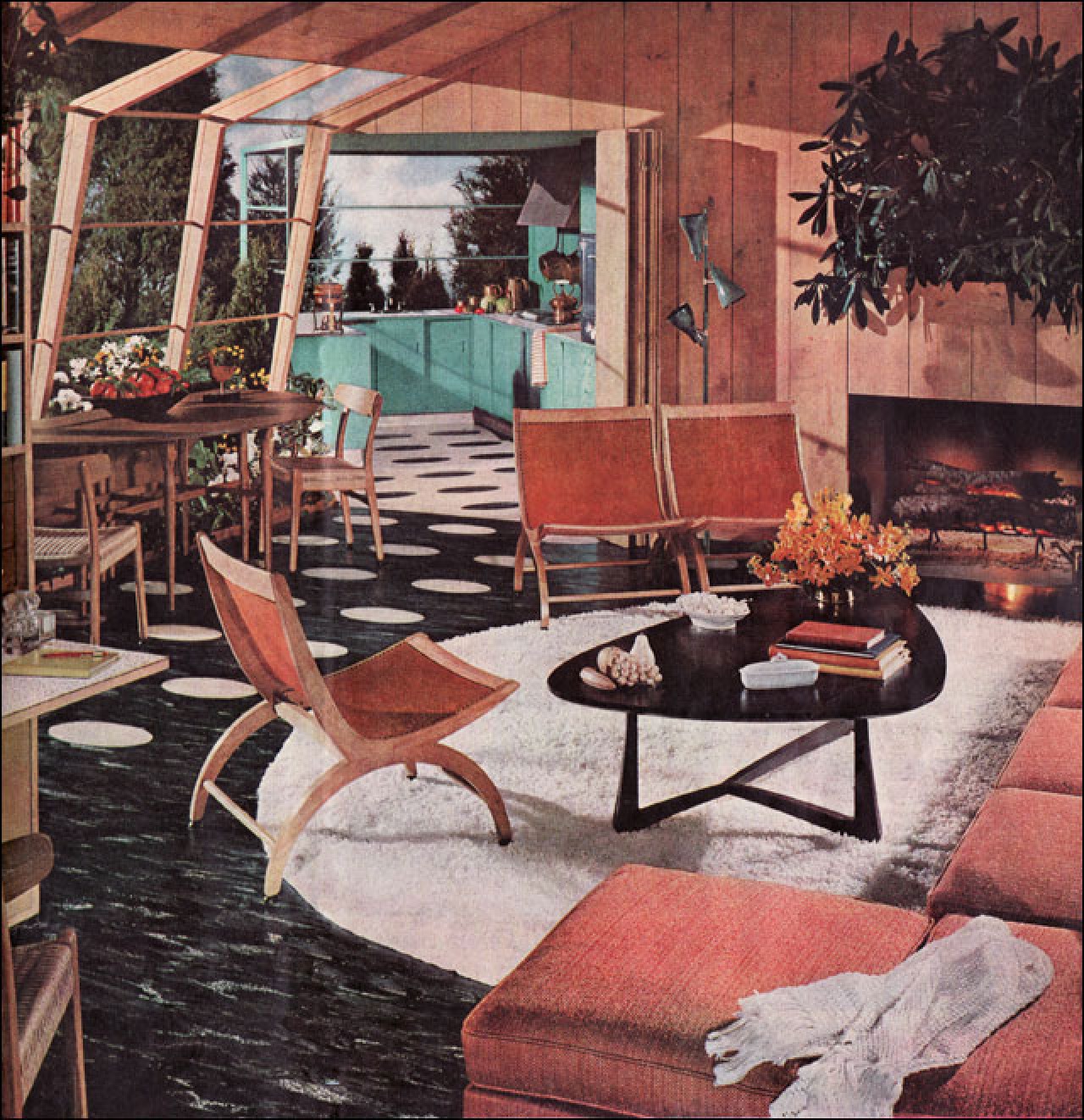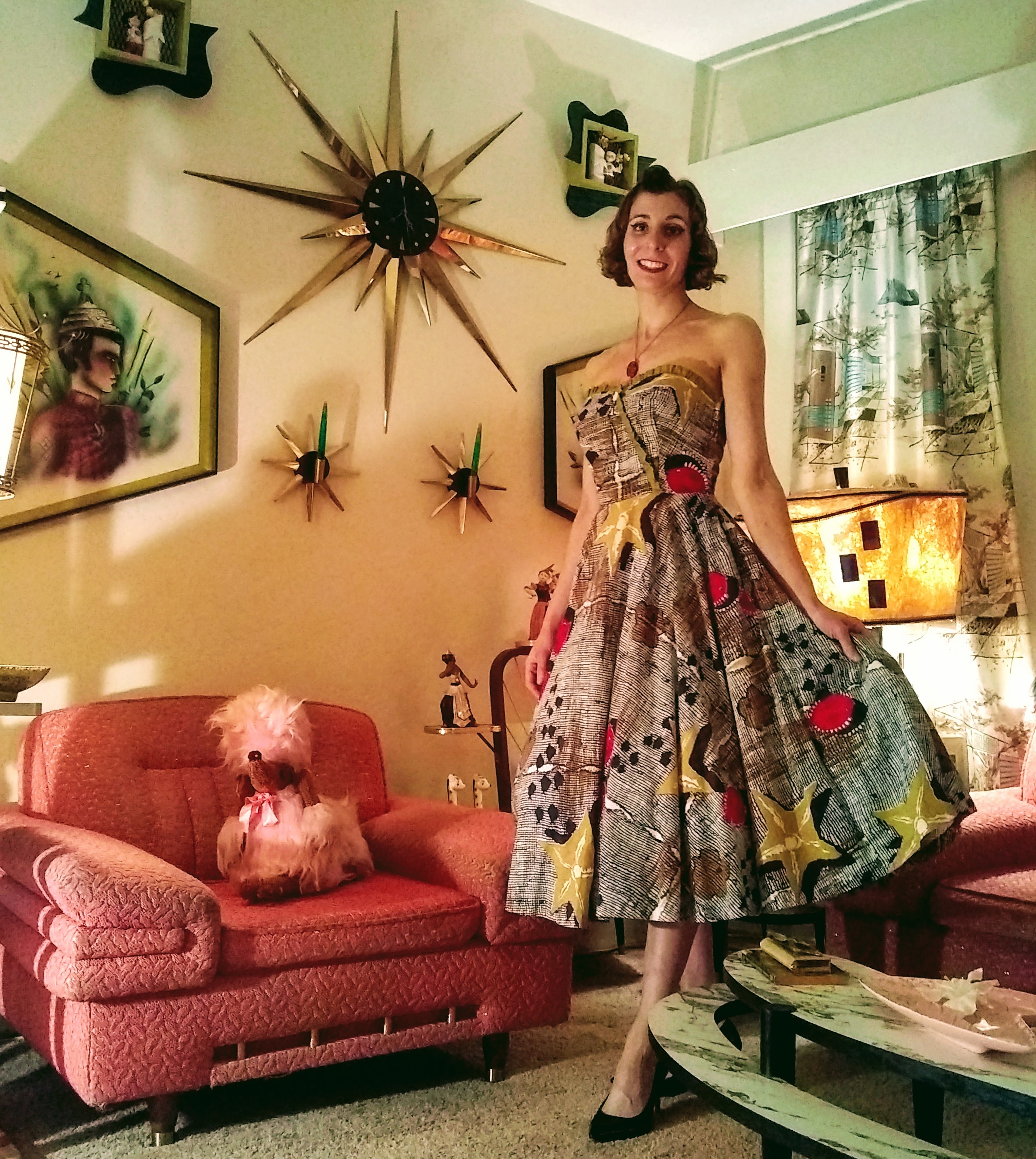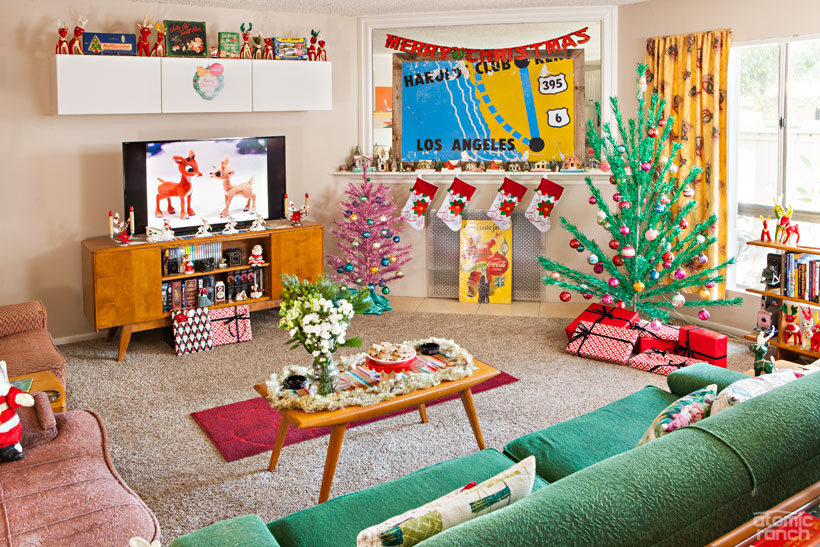Have you ever found yourself enchanted by the mid-century modern aesthetic, particularly the vibrant and whimsical 50’s Atomic Decor? As someone who has immersed themselves in this unique style, I can attest to its striking visual appeal and nostalgic essence. In this article, we will explore everything you need to know about 50’s Atomic Decor, from its history and key elements to practical tips on how to incorporate it into your home.
Table of Contents
- 1. The History of 50’s Atomic Decor
- 2. Key Elements of Atomic Decor
- 3. Color Palette and Textures
- 4. Furniture Styles
- 5. Decorative Items and Accessories
- 6. How to Incorporate 50’s Atomic Decor into Your Home
- 7. Pros and Cons of 50’s Atomic Decor
- 8. Comparison Table: Atomic Decor vs. Other Styles
- 9. FAQs about 50’s Atomic Decor
1. The History of 50’s Atomic Decor
The Atomic Age, which began after World War II and peaked in the 1950s, introduced a new wave of optimism and fascination with space exploration and science. The aesthetic, often referred to as atomic decor, mirrored this cultural shift with its playful designs and futuristic elements.
Inspired by the post-war boom, this style brought vibrant colors, geometric shapes, and motifs inspired by atomic science into homes across America. As a result, atomic decor became a hallmark of the mid-century modern movement, celebrated for its innovation and creativity.
Key Influences on Atomic Decor
- Space Race: Interest in space exploration shaped the design ethos.
- Technological Advances: New materials like plastics and laminates were embraced.
- Pop Culture: The rise of comic books and television influenced motifs and colors.

2. Key Elements of Atomic Decor
When thinking about 50’s Atomic Decor, several key elements define its character and charm:
Geometric Patterns
Bold geometric patterns are a staple of atomic design. You’ll find starbursts, boomerangs, and other angular shapes adorning furniture and upholstery.
Playful Motifs
Whimsical designs, such as planets, stars, and even retro appliances, add cheerfulness to atomic decor.

Innovative Materials
Furnishings often feature materials like chrome, fiberglass, and plywood, showcasing the era’s advancements.
3. Color Palette and Textures
The color palette of the 50’s Atomic Decor is vibrant and playful. Here are some key colors to consider:

Popular Colors
| Color | Hex Code |
|---|---|
| Turquoise | #30BEB0 |
| Mustard Yellow | #D9C24D |
| Coral Pink | #FF6F61 |
| Black | #000000 |
Texture Combinations
Mixing textures is essential. Smooth surfaces of plastic and glass can contrast with the warm feel of wood and textiles. This layering adds depth to your decor.

4. Furniture Styles
Furniture plays a vital role in creating an Atomic Decor space. Here are some common styles:
Sofas and Chairs
Look for low-slung sofas with tapered legs and a mix of bold upholstery. Mid-century chairs with organic shapes are also popular.

Tables
Round dining tables and coffee tables with chrome or wooden bases reflect clean lines and simplicity.
5. Decorative Items and Accessories
Incorporate various decorative items to accentuate your space:
Wall Art
Choose art pieces featuring atomic motifs or abstract shapes. Framed prints or even wall sculptures can be great focal points.

Lighting
Opt for pendant lights with a retro flair, perhaps in a starburst design or colorful shades.
6. How to Incorporate 50’s Atomic Decor into Your Home
If you want to bring this vibrant style into your home, here are some practical tips:

Start with a Statement Piece
Choose a standout furniture item, such as a vintage sofa or a quirky lamp, to anchor the room.
Mix and Match
Don’t be afraid to blend atomic pieces with modern elements for a fresh look.
Add Accessories
Use smaller items, like throw pillows and wall clocks, to subtly introduce atomic aesthetics without overwhelming the space.
7. Pros and Cons of 50’s Atomic Decor
Pros
- Timeless appeal with a fun, retro vibe.
- Flexible integration with other design styles.
- Unique and vibrant colors can brighten any space.
Cons
- Finding authentic pieces can be challenging.
- Some may find the style too whimsical for their taste.
- Maintenance of vintage items might require extra care.
8. Comparison Table: Atomic Decor vs. Other Styles
| Aspect | 50’s Atomic Decor | Modern Minimalism | Rustic Decor |
|---|---|---|---|
| Color Palette | Vibrant, bold colors | Neutral tones, monochromes | Earthy, muted colors |
| Materials | Chrome, fiberglass | Wood, metal | Natural wood, textiles |
| Shapes | Geometric, whimsical | Sleek, clean | Organic, rounded |
| Overall Vibe | Fun, retro | Calm, serene | Warm, inviting |
9. FAQs about 50’s Atomic Decor
What is the origin of Atomic Decor?
Atomic Decor originated in the 1950s during the post-war boom and was heavily influenced by the space race and advancements in technology.
How can I incorporate Atomic Decor into a small space?
Use statement pieces like a retro chair or wall art to make a bold impact without overcrowding the space. Opt for multi-functional furniture to save space.
Is 50’s Atomic Decor still popular today?
Yes! The nostalgia for mid-century modern design keeps Atomic Decor in demand, making its way into contemporary homes and renovations.
Where can I find authentic Atomic Decor pieces?
Look in vintage shops, online marketplaces, and estate sales for authentic mid-century items. Replicas are also available in many modern furniture stores.
Can I mix Atomic Decor with other styles?
Absolutely! Atomic Decor’s vibrant personality can enhance other styles, such as modern or eclectic, creating a dynamic and interesting space.
Conclusion
Embracing 50’s Atomic Decor offers a delightful blend of nostalgia and innovation. Its unique features contribute to a vibrant home environment that celebrates creativity. Whether you are a seasoned enthusiast or a curious beginner, integrating this style can transform your space into a lively representation of a cherished era. So why not dive into the playful world of atomic decor and make your home a reflection of your personality?